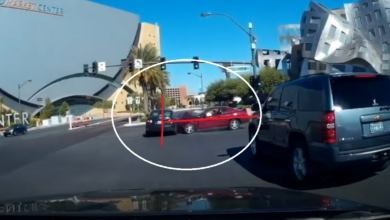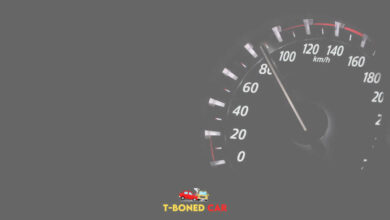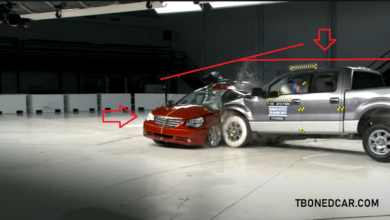T-Bone Car Lawsuits
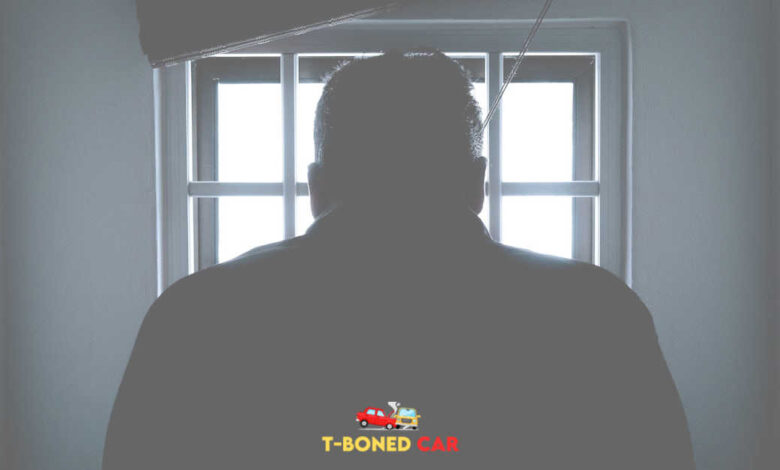
When it comes to car accidents, few situations can be as complex and distressing as a T-bone collision. These types of accidents, where one vehicle crashes into the side of another, often lead to serious injuries and significant property damage. Navigating the aftermath can be overwhelming, especially when it comes to understanding the nuances of T-Bone Car Lawsuits. Victims may find themselves seeking not only compensation for medical expenses but also legal advice to guide them through the claims process. This article will explore the common aspects surrounding these lawsuits, the factors influencing compensation, and how having the right attorney can make all the difference.
In this article, we will examine various critical aspects of T-Bone Car Lawsuits. First, we will discuss the legal implications of these incidents and how fault is determined. Next, we’ll delve into the factors that affect compensation, including medical expenses and pain and suffering. Additionally, we will highlight the importance of seeking professional legal advice and provide insights into the typical claims process. Finally, we’ll share real statistics and case examples to better illustrate the potential outcomes and settlements associated with these lawsuits.

Understanding the Basics of T-Bone Car Accidents
T-bone car accidents, often referred to as side-impact collisions, occur when one vehicle strikes another at or near a right angle. These incidents can lead to severe injuries, as the impact primarily affects the sides of the vehicles involved. Understanding the intricacies of such accidents is essential for both victims and other drivers on the road. When faced with the aftermath of a T-bone car accident, navigating the legal landscape can be overwhelming.
Here are a few critical aspects to consider:
- T-Bone Car Lawsuits: Engaging in a lawsuit can help victims seek justice and compensation for their injuries.
- T-Bone Car Lawsuits compensation: This typically includes medical expenses, lost wages, and pain and suffering.
- T-Bone Car Lawsuits legal advice: Consulting with a knowledgeable attorney can significantly impact the outcome of your case, ensuring all legal options are explored.
In conclusion, while T-bone accidents are distressing, understanding the legal ramifications can empower victims. Recognizing your rights and options is vital to recovering from such an event.
Legal Implications of T-Bone Collisions: What You Need to Know
T-Bone collisions, characterized by one vehicle striking another perpendicularly, can result in significant legal consequences. Depending on the circumstances, the involved parties may initiate T-Bone Car Lawsuits to seek compensation for damages. It’s crucial to understand how liability is determined in these incidents. Oftentimes, the driver who failed to yield the right of way bears the brunt of responsibility. However, situations may arise where both parties share blame, complicating the legal landscape.
Statistics reveal that T-Bone accidents result in a higher severity of injuries compared to other types of collisions. This fact underlines the importance of engaging a knowledgeable T-Bone Car Lawsuits attorney who can navigate the intricacies of personal injury law. Settlement amounts in these cases can vary greatly, influenced by factors such as medical expenses and lost wages.
| Factors Affecting Settlements | Potential Settlement Amounts |
|---|---|
| Medical Expenses | $10,000 – $100,000+ |
| Lost Wages | Varies |
In conclusion, understanding the legal implications of T-Bone collisions is vital. The process of pursuing T-Bone Car Lawsuits may seem daunting, yet with the right guidance, victims can secure the compensation they deserve.
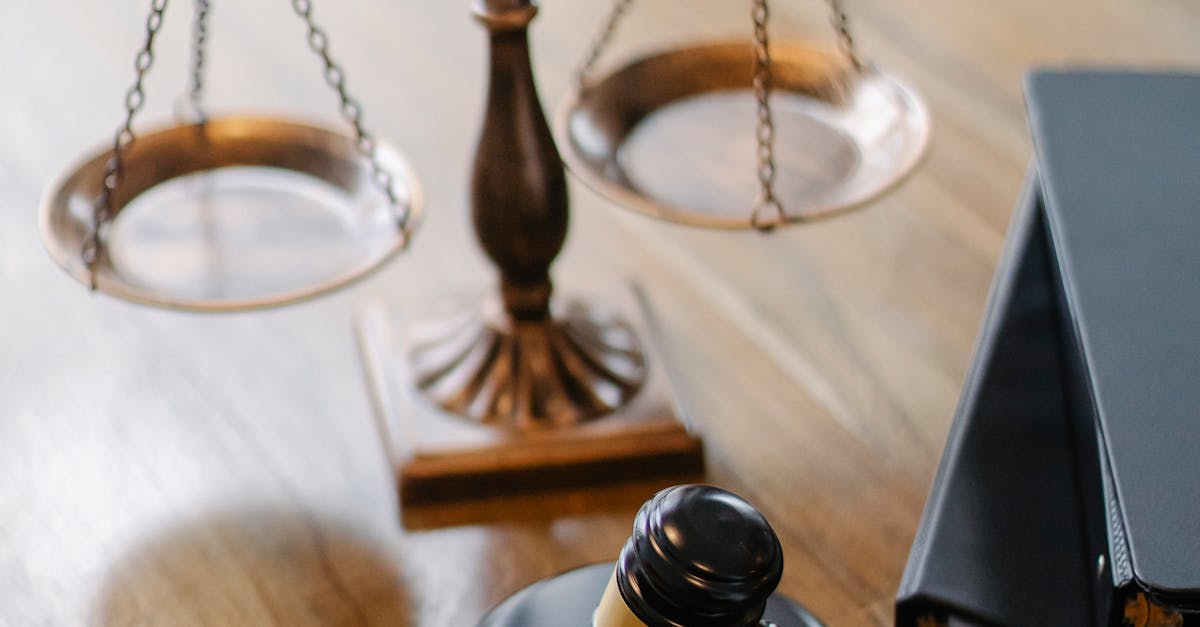
Common Injuries Associated with T-Bone Accidents: A Comprehensive Overview
T-Bone accidents, often resulting from drivers failing to yield at intersections, can lead to severe injuries. The nature of the collision typically results in the side of the vehicle taking the full impact, which can cause a range of injuries. Common injuries include fractures, particularly to the ribs and pelvis, due to the sudden and forceful nature of the crash. Whiplash is another prevalent injury, affecting the neck and spine, causing chronic pain and discomfort.
Moreover, soft tissue injuries are frequent, affecting muscles and ligaments, which may take considerable time to heal. Traumatic brain injuries can also occur, especially if passengers are not wearing seatbelts or if airbags fail to deploy. These injuries can lead to long-term cognitive impairments and emotional distress.
_Ultimately, understanding the impact of these injuries is crucial_ for those involved. Victims often pursue T-Bone Car Lawsuits to seek compensation for medical expenses, lost wages, and pain and suffering. Knowing the common injuries associated with T-Bone accidents helps victims navigate their claims process effectively.
The Role of Negligence in T-Bone Car Lawsuits
Negligence plays a pivotal role in T-Bone Car Lawsuits, as it directly influences the liability of the parties involved in such collisions. When determining fault, the court examines whether a driver acted with reasonable care. A driver who fails to stop at a traffic signal, for example, could be deemed negligent.
In essence, negligence can manifest in various forms, including:
- Distracted driving: Engaging with mobile devices or other distractions can lead to a lack of attention necessary for safe driving.
- Speeding: Exceeding the speed limit can reduce a driver’s reaction time, contributing to accidents.
- Driving under the influence: Impairment from alcohol or drugs greatly increases the risk of a collision.
Moreover, in T-Bone Car Lawsuits, proving negligence involves a comprehensive investigation to establish the circumstances surrounding the incident. This includes thorough witness statements and expert testimonies that underscore how one party’s lack of due diligence led to the crash. Consequently, understanding these nuances can significantly affect the outcome of a case.
How to Gather Evidence for Your T-Bone Accident Case
Collecting evidence for your T-Bone Car Lawsuits is essential. Firstly, document the accident scene. Take clear photographs of both vehicles, the surroundings, and visible road signs. This visual evidence serves as a powerful tool in substantiating your claims. Secondly, collect witness statements. Eyewitness accounts can provide valuable insights that support your version of events. Ensure you obtain their contact information for possible follow-up.
Exactly What Evidence to Consider
Moreover, gather any police reports that were filed at the scene. These documents often contain critical details about the accident. Insurance information from all parties involved should also be collected, as this can facilitate claims processing later. Additionally, if you sustained injuries, medical records are vital evidence. They establish the extent of your damages and expense. Hence, the more evidence you have, the stronger your case becomes when pursuing T-Bone Car Lawsuits. This approach not only prepares you for potential litigation but also aids in negotiations with insurance companies.
Navigating Insurance Claims After a T-Bone Car Crash
Experiencing a T-Bone car crash can be bewildering. Immediately after the incident, the focus ought to shift toward navigating insurance claims efficiently. Initially, gather evidence: photographs, witness statements, and police reports are vital. These elements substantiate your claim and aid in establishing liability.
When dealing with insurance companies, clarity is paramount. Many individuals feel overwhelmed by the jargon and processes involved. Remember, your insurance policy outlines what you’re entitled to. Ensure you understand all terms, including coverage limits and exclusions.
“Knowledge is power; being informed empowers you to take charge of the claims process.”
Furthermore, always document conversations with insurance representatives. This record can be influential if disputes arise, particularly regarding the settlement amount. In cases involving personal injuries, it’s advisable to consult legal advice to maximize your chances of a fair resolution.
Ultimately, effectively managing your T-Bone car lawsuits hinges on preparedness and clear communication. Stay organized and proactive; this approach significantly improves your likelihood of navigating the claims process smoothly.
Comparative Fault and Its Impact on T-Bone Accident Settlements
In the realm of T-Bone Car Lawsuits, understanding the concept of comparative fault is crucial for those involved in these often devastating accidents. Comparative fault determines how blame is distributed among the parties involved. This division of responsibility significantly influences settlement amounts.
How Comparative Fault Works
The principle operates by assessing each party’s contribution to the accident. For example, if one driver was speeding while the other made an unsafe turn, both may share a degree of fault. Consequently, settlements vary based on this distribution of blame, leading to potential reductions in compensation for those deemed partially at fault.
- Allocation of Responsibility: Each party’s percentage of fault affects their financial recovery.
- Impact on Settlements: A higher percentage of fault can lead to lower settlement amounts.
- Legal Considerations: Understanding local laws on comparative fault is essential for accurate assessments.
Overall, recognizing how comparative fault operates in T-Bone Car Lawsuits can empower victims to navigate their options effectively, ensuring they receive fair compensation despite the complexities involved.
T-Bone Accidents: Insight into Legal Precedents and Case Studies
T-Bone accidents frequently raise complex legal questions. In many instances, liability hinges on the specific circumstances leading to the collision. Courts often examine factors such as traffic signals, vehicle positioning, and driver behavior. For instance, in a landmark case, the court ruled in favor of the victim because the defendant failed to yield at a stop sign. Such decisions set essential T-Bone Car Lawsuits precedents, guiding future cases.
Case Studies and Their Implications
Various case studies reveal patterns in T-Bone Accidents litigation. In one study, defendants claimed that adverse weather conditions were the primary cause. However, the court determined that reckless driving was the main issue. This highlights another crucial aspect—drivers must remain vigilant, independent of external factors. Furthermore, increased awareness about safe driving could potentially mitigate these incidents.
| Case | Outcome |
|---|---|
| Smith v. Johnson | Plaintiff awarded damages |
| Anderson v. State | Defendant exonerated |
In summary, understanding the intricacies of T-Bone Car Lawsuits requires thorough examination of both legal precedents and real-world examples. As we delve deeper into these cases, we uncover essential lessons that address the pressing need for responsible driving.
Choosing the Right Attorney for Your T-Bone Car Accident Lawsuit
Selecting the appropriate attorney for your T-Bone Car Accident Lawsuit is a critical step that can significantly impact the outcome of your case. Firstly, consider the attorney’s experience. An experienced lawyer familiar with T-Bone Car Lawsuits will understand the nuances and complexities associated with this specific type of accident. Their knowledge can prove invaluable in navigating the legal landscape.
Secondly, evaluate their track record. Look for an attorney who has successfully handled similar cases. A proven history of winning T-Bone Car Lawsuits indicates their competence and commitment to clients. Furthermore, communication is key. Choose someone who engages with you, answers your queries, and keeps you informed throughout the legal process.
Trust Your Instincts
Ultimately, trust your instincts. If an attorney makes you feel comfortable and confident, it is likely you have found the right fit for your needs. Remember, your choice can influence not just the legal proceedings but also your peace of mind during what is undoubtedly a challenging time.
Preventative Measures: How to Avoid T-Bone Car Accidents
T-Bone car accidents often result from failure to yield at intersections or distracted driving. To mitigate the risk, individuals can adopt several practical strategies. Among these, awareness and precaution are key. Here are a few essential measures:
- Adhere to Traffic Signals: Always follow traffic lights and signs to ensure safe navigation through intersections.
- Stay Alert: Avoid distractions such as mobile phones; keeping your attention on the road can make a significant difference.
- Use Proper Signals: Indicating your intentions clearly can help other drivers anticipate your actions, reducing the likelihood of collisions.
- Maintain a Safe Following Distance: This gives you adequate time to react to sudden stops or turns, thus further decreasing the risk.
Moreover, consider defensive driving techniques. These encourage anticipating potential hazards and reacting accordingly. Ultimately, being proactive about your driving habits can significantly reduce the chances of encountering a T-Bone car accident. Additionally, familiarity with T-Bone car lawsuits may help you understand the implications of such incidents, further emphasizing the need for safety.
Conclusion
T-Bone Car Lawsuits often arise from the devastating impact of side-impact collisions. These accidents can lead to serious injuries and significant emotional distress for those involved. It’s essential for victims to understand their rights and seek legal recourse when necessary. While the legal process can feel overwhelming, having the right support can make a tremendous difference. Thus, taking the time to approach these cases with careful consideration is vital. In the end, T-Bone Car Lawsuits are not just about compensation; they serve as a reminder of the importance of safety on our roads. Each case highlights the need for diligence and responsibility from all drivers to prevent such tragedies in the future.

